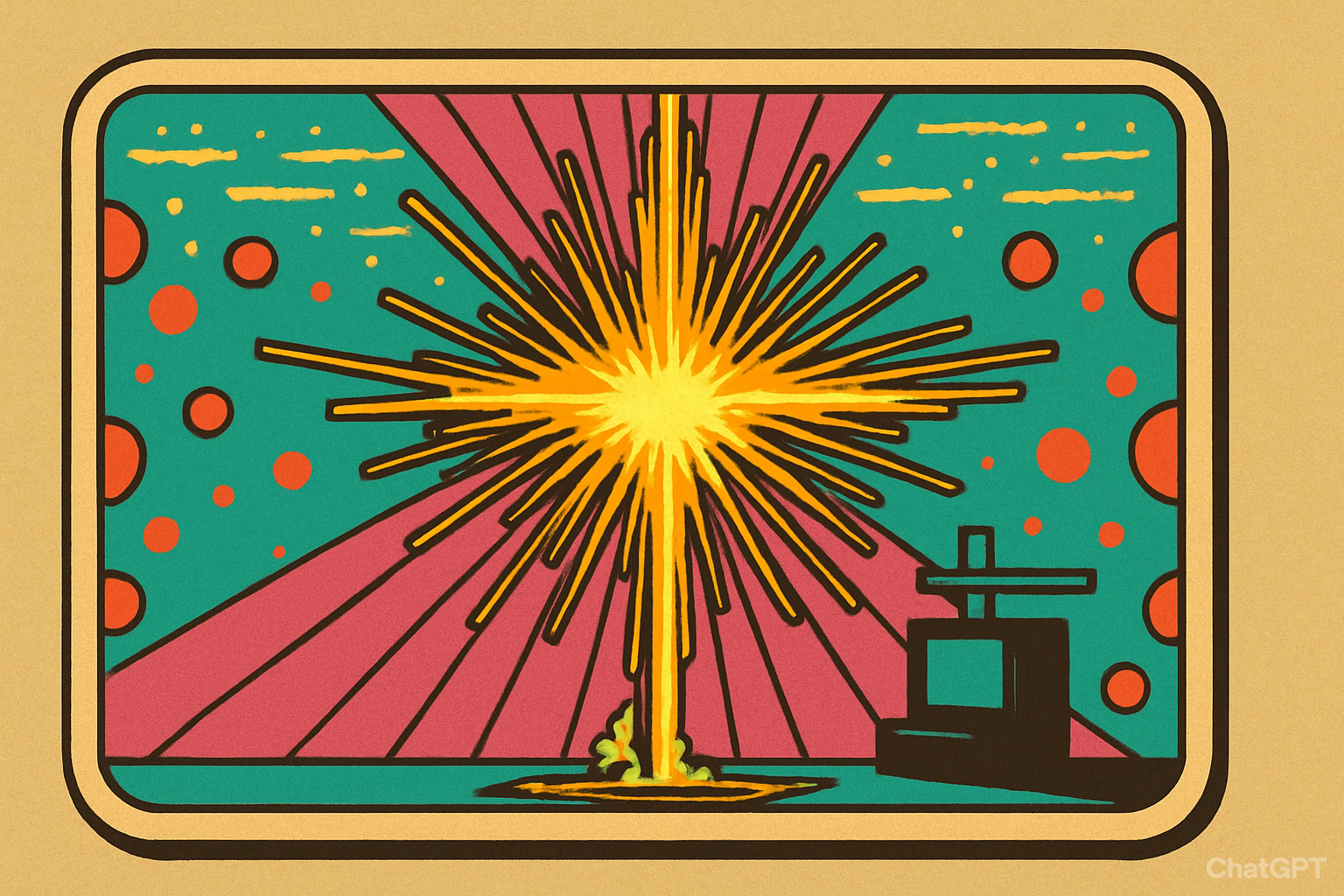Breakthrough in Physics: Italian Scientists Freeze Light into a Supersolid [7 Facts]
In a world where physics often blurs the line between science fiction and reality, Italian physicists have taken a giant leap forward. For the first time, they successfully froze pure light into a supersolid—a quantum state of matter that behaves both like a rigid solid and a frictionless superfluid. This achievement, first reported in Nature and amplified on social media, could revolutionize quantum technologies, computing, and even how we understand the universe.
🚨: Italian scientists have successfully frozen pure light, turning into a solid fir the first time pic.twitter.com/2SKAwwf2zB
— All day Astronomy (@forallcurious) September 20, 2025
1. What Exactly Is a Supersolid?
A supersolid combines two contradictory states:
- Solid properties – an ordered, rigid crystalline structure.
- Superfluid properties – frictionless, resistance-free flow.
The concept was theorized in the 1960s, observed in atomic gases in recent years, but now, for the first time, created with light.
2. How Did Scientists Freeze Light?
The experiment was led by researchers at the University of Florence and the National Institute of Optics:
- Photons were confined inside a microscopic cavity lined with mirrors.
- The system was cooled to nearly absolute zero (-273°C).
- Laser excitation forced photons to interact via excitons (electron-hole pairs).
- Result: photons arranged into a crystal-like lattice while retaining superfluid movement.
This duality produced the first-ever supersolid made of light.
3. What Does Frozen Light Look Like?
Under special imaging, the frozen light appears as:
- A grid-like interference pattern of bright and dark regions.
- A radiant cross of golden light, captured in viral images on social media.
- A stable crystalline glow resembling energy locked in place.
4. Why Is This Important?
This isn’t just theory—it’s the beginning of practical quantum technologies:
- Quantum Computing – photons could carry information without energy loss.
- Advanced Sensors – ultra-sensitive detectors for dark matter or gravitational waves.
- Optical Devices – circuits that don’t overheat, transforming telecommunications.
5. The Viral Spark on Social Media
- On September 20, 2025, the discovery went viral online, spreading rapidly across platforms.
- The news gained hundreds of thousands of views within hours.
- Reactions ranged from awe (“Woah man, supersolid”) to humor (“I just did it in my freezer”).
- Many users expressed excitement, curiosity, and skepticism in equal measure.
6. Challenges Ahead
- Requires ultra-low temperatures impractical for commercial use.
- Fragile setups that can’t yet be scaled into usable devices.
- Ethical concerns: who will control such powerful quantum technologies?
7. The Future of Light as Matter
The discovery forces us to rethink physics itself. Light, once seen only as energy, now behaves as matter. Potential future applications include:
- Frictionless energy transmission.
- Novel materials beyond metals and crystals.
- Deeper insight into cosmology and the nature of reality.
FAQs
Q1: Is light really turned into a solid?
Not in the everyday sense. It’s a supersolid, where photons form an ordered lattice with superfluid movement.
Q2: Who made this discovery?
A team of Italian physicists from the University of Florence and National Institute of Optics.
Q3: Can we see frozen light with the naked eye?
In the lab, it appears as structured light patterns, visible under special imaging—not as a glowing crystal you can hold.
Q4: How can this change technology?
It could revolutionize quantum computing, sensing, and communications, making systems faster and more efficient.
Q5: Is this ready for real-world use?
Not yet—current experiments require extreme cold and specialized environments.
Conclusion
The freezing of light into a supersolid marks one of the most astonishing physics breakthroughs of our time. Beyond its technical implications, it challenges our understanding of matter, energy, and the limits of reality itself. What began as theory in the 1960s has now taken shape—not with atoms, but with light itself.
Opinion
This discovery sits at the crossroads of imagination and science. It is not just about manipulating photons but about reshaping our perception of existence. If light, the very symbol of intangibility, can behave as matter, then the boundary between what is “real” and what is “possible” becomes thinner than ever. Yet, we must tread carefully—quantum technologies hold enormous promise, but also raise questions of access, control, and ethical use. Will frozen light fuel the next industrial revolution, or remain an elegant curiosity locked in laboratories?
The answer will not come overnight, but one thing is clear: the universe has just revealed another of its secrets, and humanity must decide what to do with it.


0 comments